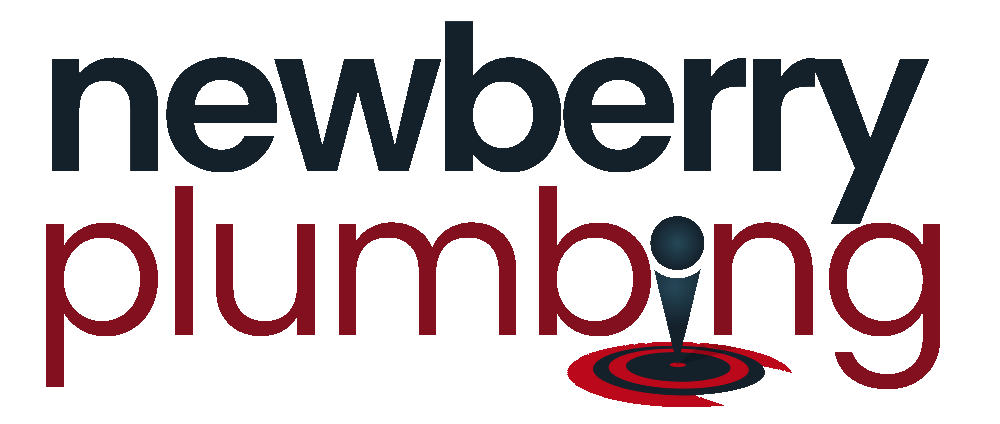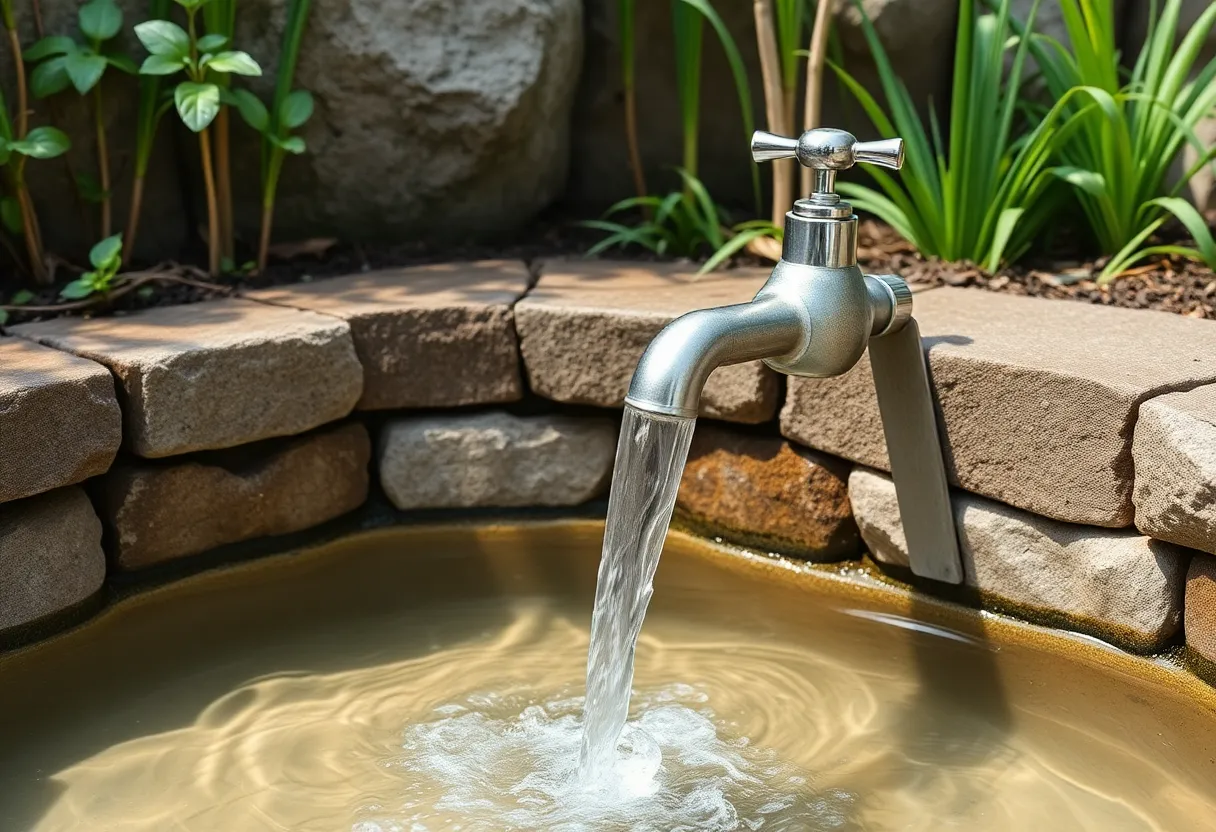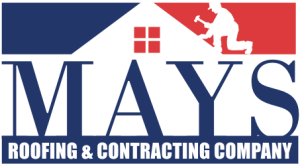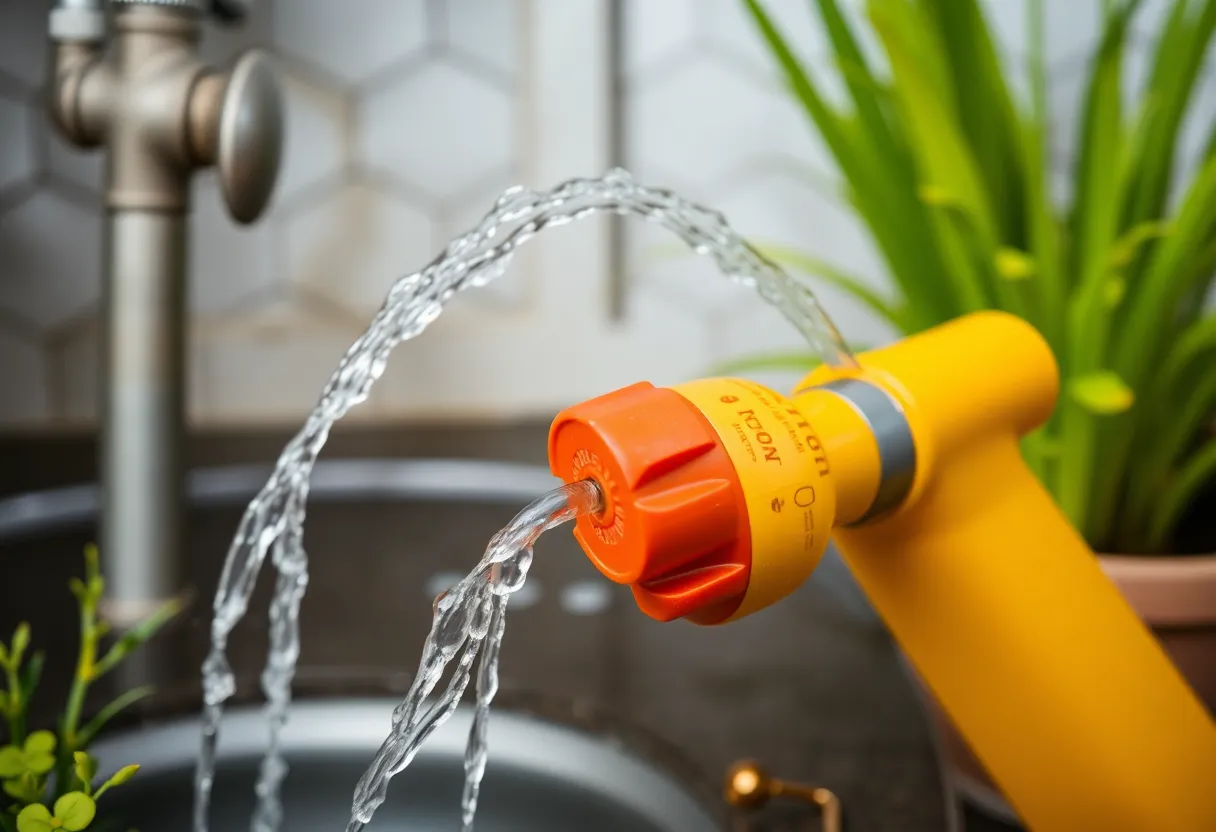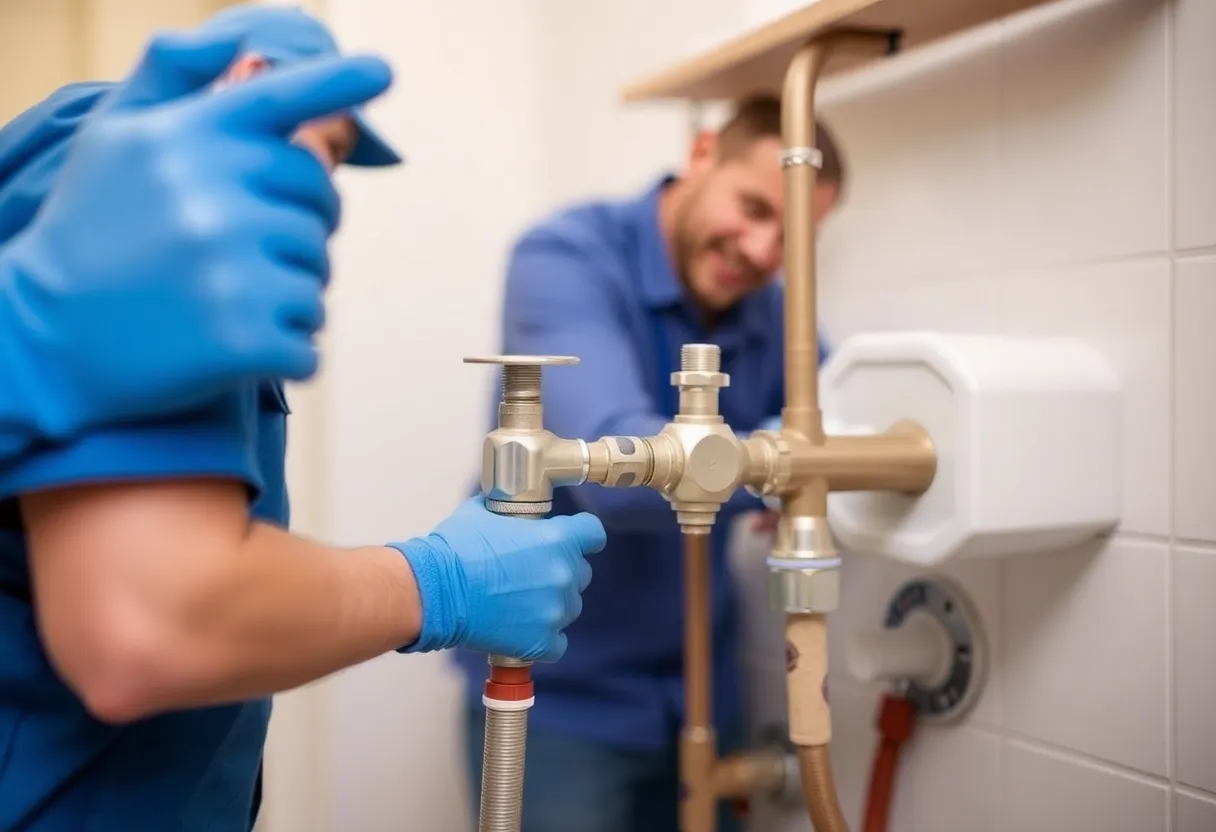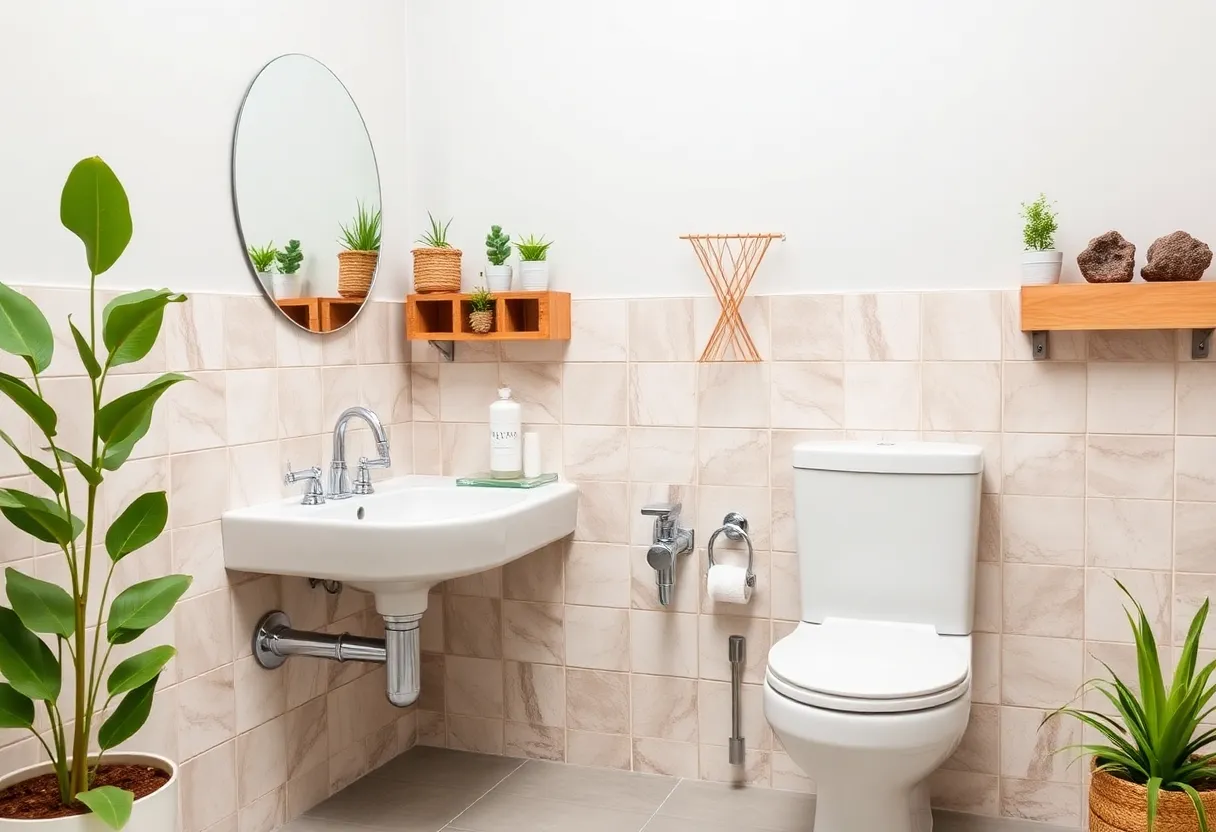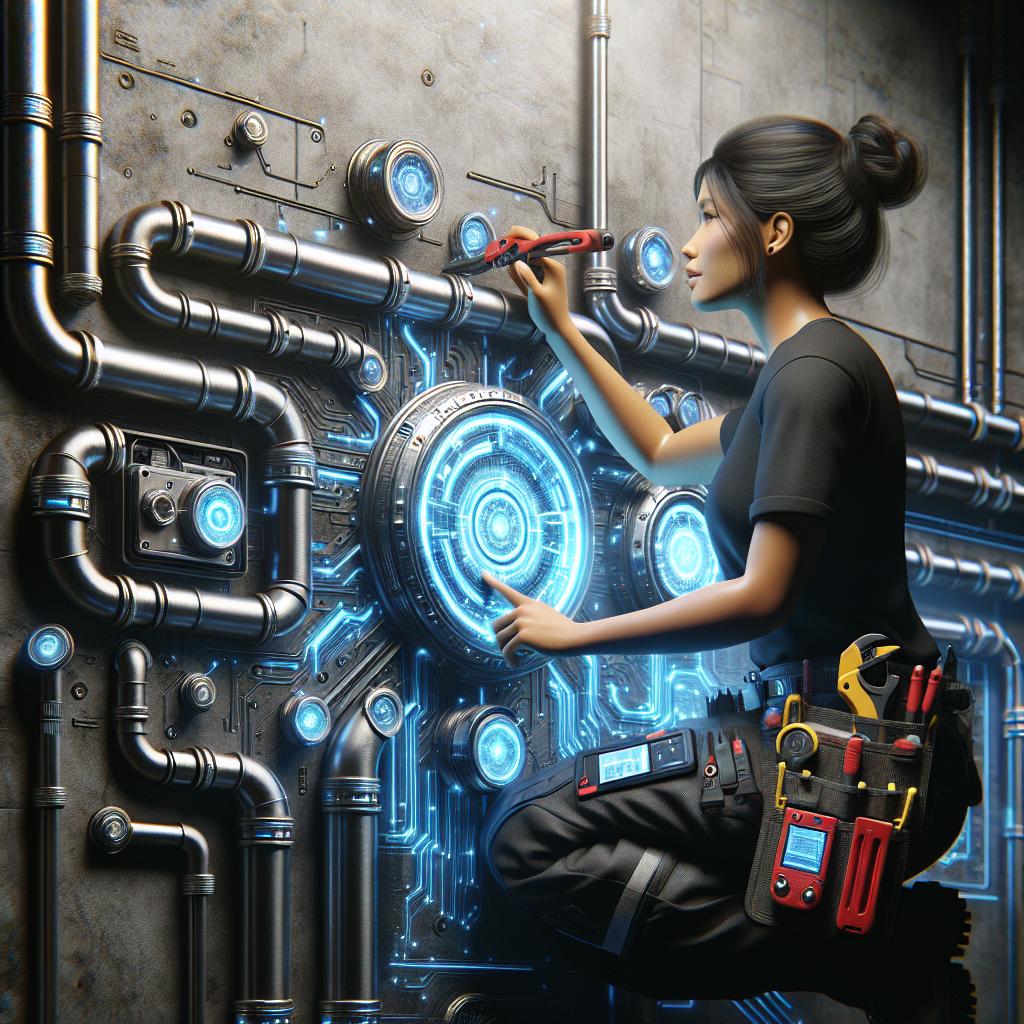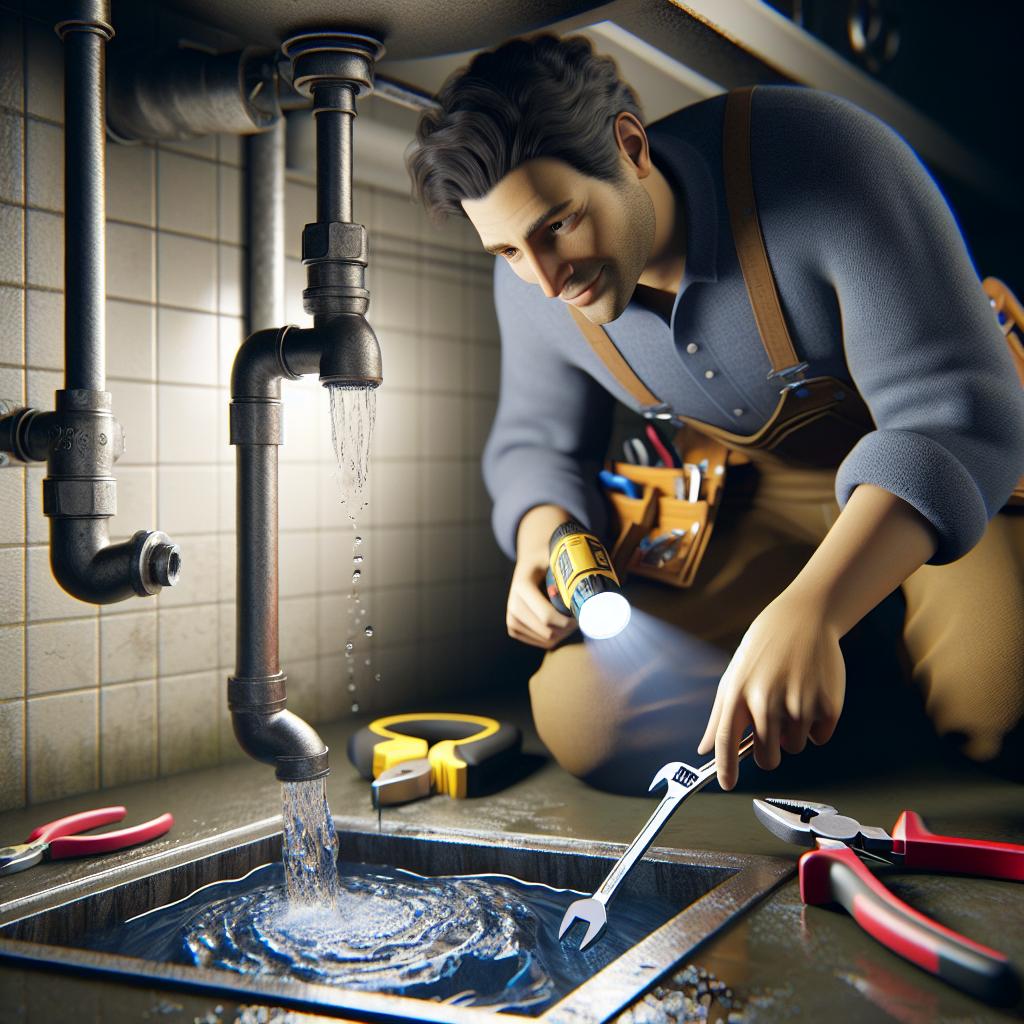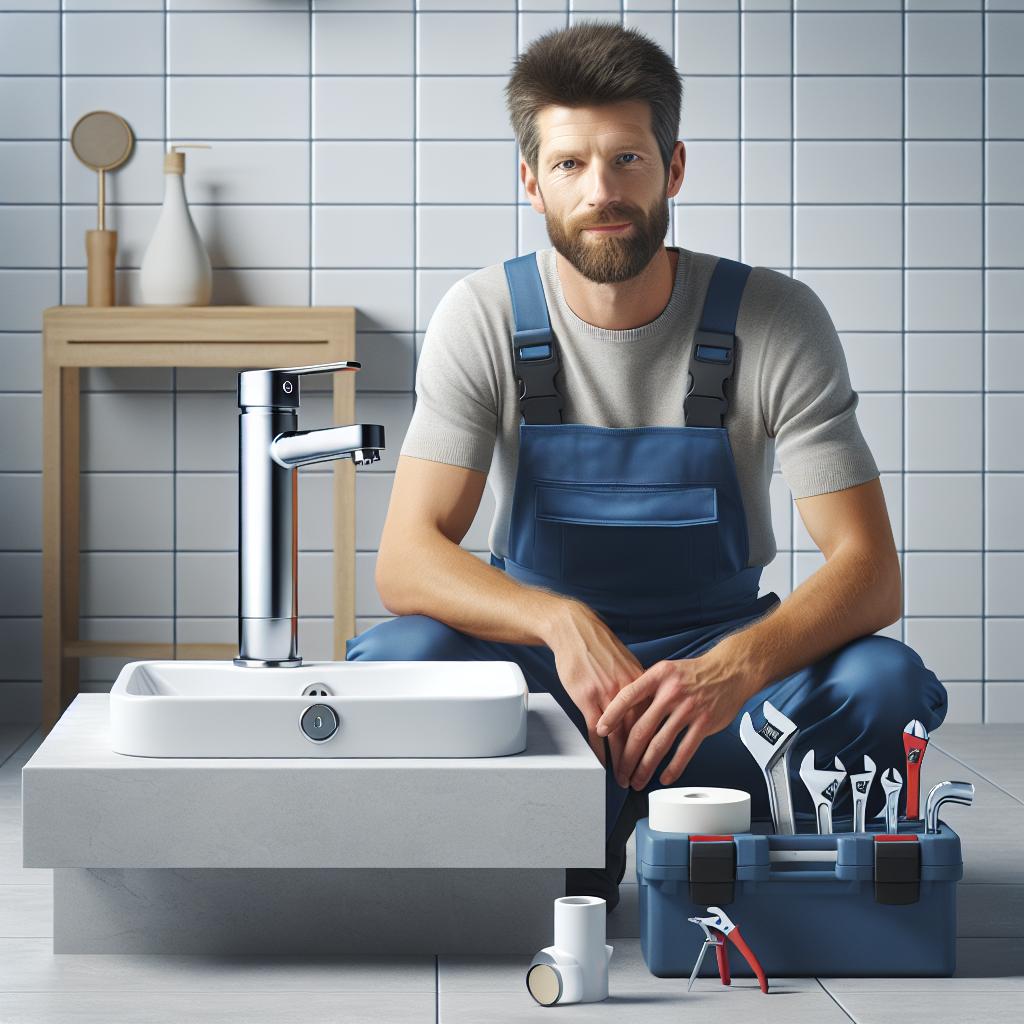The Plumbing Mindset Shift: 9 Revolutionary Changes You Need to Embrace for Efficient Water Management
In an era where _water conservation_ is becoming increasingly crucial, the plumbing industry is undergoing significant changes. The narrative around plumbing is shifting from outdated practices to innovative approaches that emphasize efficiency and sustainability. This article discusses nine revolutionary changes that you must embrace for optimal water management in your plumbing systems.
1. Embracing Technology and Smart Solutions
The introduction of _smart technology_ into plumbing systems is a game-changer. Smart water meters provide real-time data on water usage, allowing homeowners and businesses to monitor consumption and detect leaks at the earliest possible stage. By adopting smart sensors, it’s possible to track water flow, pressure, and temperature, ensuring that _water management becomes a proactive_ rather than a reactive endeavor.
Why Smart Technology Matters
This technology helps in identifying inefficiencies and assists in making informed decisions about water use. With tools like mobile applications, users can receive alerts about unusual usage patterns, potentially resulting in significant cost savings and resource conservation.
2. Switching to Low-Flow Fixtures
One of the simplest changes you can make is switching to _low-flow fixtures_. These fixtures, including faucets, toilets, and showerheads, are designed to use significantly less water without sacrificing performance. For example, traditional toilets use 3.5 to 7 gallons per flush, while low-flow models can use as little as 1.28 gallons.
The Benefits of Low-Flow Fixtures
Incorporating low-flow fixtures not only cuts down on water usage but also reduces your water bill. Additionally, many municipalities offer rebates as incentives for upgrading outdated fixtures, making this a financially savvy choice.
3. The Rise of Greywater Recycling Systems
Greywater, which is the relatively clean wastewater from baths, sinks, washing machines, and other kitchen appliances, has tremendous potential for reuse in non-potable applications. Implementing a _greywater recycling system_ allows homeowners and businesses to divert this water for irrigation or toilet flushing, dramatically reducing the demand for fresh water.
Implementing Greywater Systems
Installing a greywater recycling system involves multiple steps, including piping adjustments and filtration. However, the long-term benefits of conservation and cost savings are worth the effort. Furthermore, certain regulations and guidelines can help you navigate this process best.
4. Understanding Rainwater Harvesting
Rainwater harvesting is a _sustainable practice_ that captures rainwater for reuse. Homeowners can install rain barrels or cisterns to collect and store rainwater, which can then be used for watering gardens, washing cars, or other non-potable uses. This reduces dependence on municipal water supply and helps manage stormwater runoff.
Setting Up a Rainwater Harvesting System
To set up a rainwater harvesting system, you’ll need to consider the size of your roof, the amount of rainfall in your area, and local regulations regarding rainwater usage. Once set up, you’ll contribute to a sustainable and environmentally-friendly water management system.
5. Recognizing the Value of Water Softening
Hard water poses several challenges for plumbing systems, leading to scale buildup and reduced efficiency. A _water softener_ is essential for individuals to consider, as it can prolong the life of plumbing fixtures and reduce the amount of soap needed for various cleaning tasks.
Benefits of Water Softening
Beyond protecting plumbing systems, softened water can enhance the effectiveness of household appliances, help with better soap lathering, and provide a more enjoyable shower experience. The ability to reduce scale buildup can lead to significant savings in maintenance and utility costs.
6. Prioritizing Preventive Maintenance
Implementing a routine of _preventive maintenance_ can significantly enhance your plumbing system’s efficiency. Regular inspections and servicing can identify potential problems before they escalate into costly repairs or replacements. This proactive approach saves resources, time, and money in the long run.
Essential Preventive Maintenance Tasks
Key maintenance tasks include checking for leaks, inspecting pipes and fixtures for corrosion, cleaning drains, and maintaining sump pumps. Creating a seasonal maintenance checklist can ensure you are not overlooking critical aspects of your plumbing systems.
7. Adopting Trenchless Technology
Trenchless technology is revolutionizing how we approach _pipe installation and repair_. This method allows for the replacement or rehabilitation of pipelines without the need for extensive excavation, leading to less disruption to your property and surrounding environment.
The Eco-Friendly Aspect of Trenchless Technology
Because trenchless methods require minimal disruption to the soil and landscape, they offer a less environmentally damaging approach to plumbing repairs and installations. Additionally, they can be significantly faster than traditional methods, leading to reduced downtime.
8. Utilizing Sustainable Plumbing Materials
In the pursuit of efficient water management, it’s paramount to recognize the importance of choosing _sustainable plumbing materials_. Materials such as copper, PEX, and PVC can influence your plumbing’s environmental footprint. Opting for recyclable and long-lasting materials is vital for a more sustainable plumbing system.
The Impact of Sustainable Materials
Choosing eco-friendly materials not only minimizes the carbon footprint associated with production and disposal but also contributes to building a plumbing system that lasts longer and requires less maintenance. Additionally, many sustainable materials offer superior insulation properties, leading to decreased energy consumption.
9. Advocacy for Policy Change
Finally, the _importance of advocacy_ cannot be understated. Supporting water conservation policies at local, state, and national levels ensures that collective efforts are made toward sustainable water management solutions. Engaging with community initiatives can help drive positive change and bolster efforts that focus on efficient water use.
Your Role in Advocacy
Whether through community meetings, reaching out to local representatives, or simply staying informed, your involvement can help shape responsible water policies. Encourage others to join in as a united front for the cause of better water management practices.
Conclusion
As the demand for _efficient water management_ grows, embracing these revolutionary changes in plumbing practices is essential. By leveraging modern technology, optimizing fixtures, and utilizing sustainable practices, we can protect our precious water resources and create a more environmentally conscious future. Whether you are a homeowner, a business owner, or a plumber, adopting these changes not only benefits you but also contributes to the well-being of the planet.
By shifting your mindset and being receptive to innovative practices, you play a vital role in the journey toward better water management. The time for change is now.
